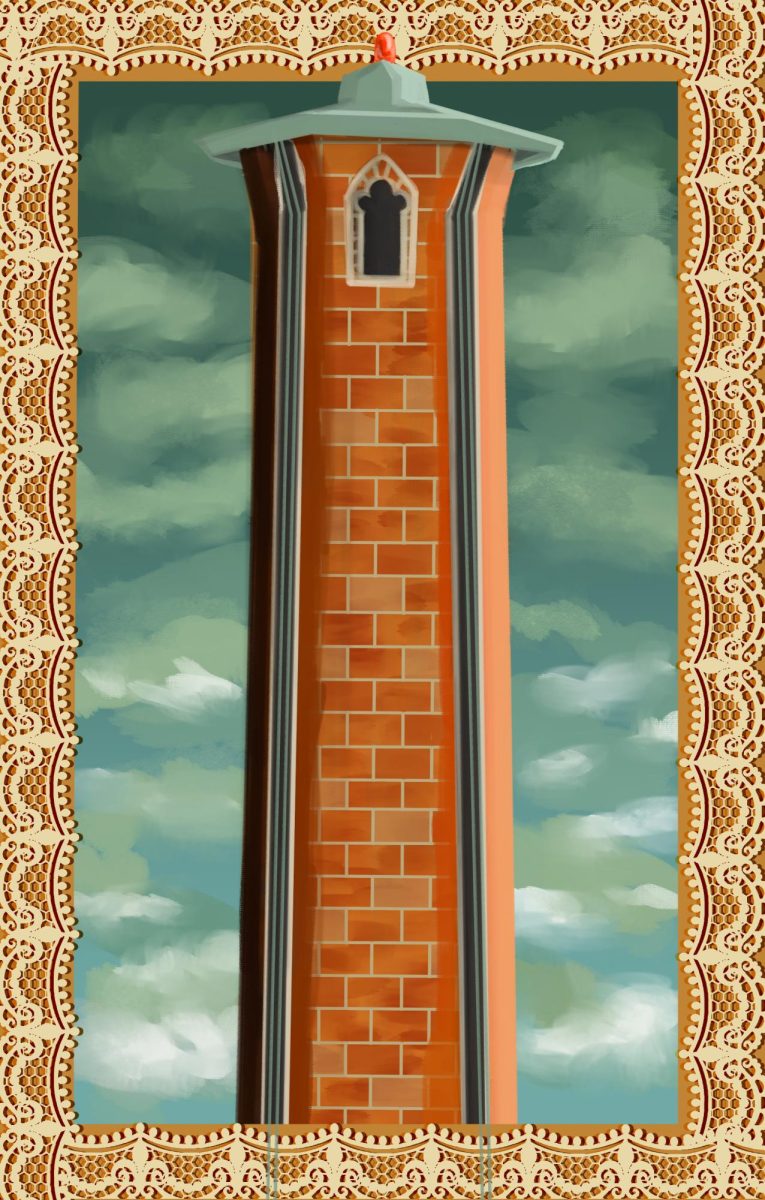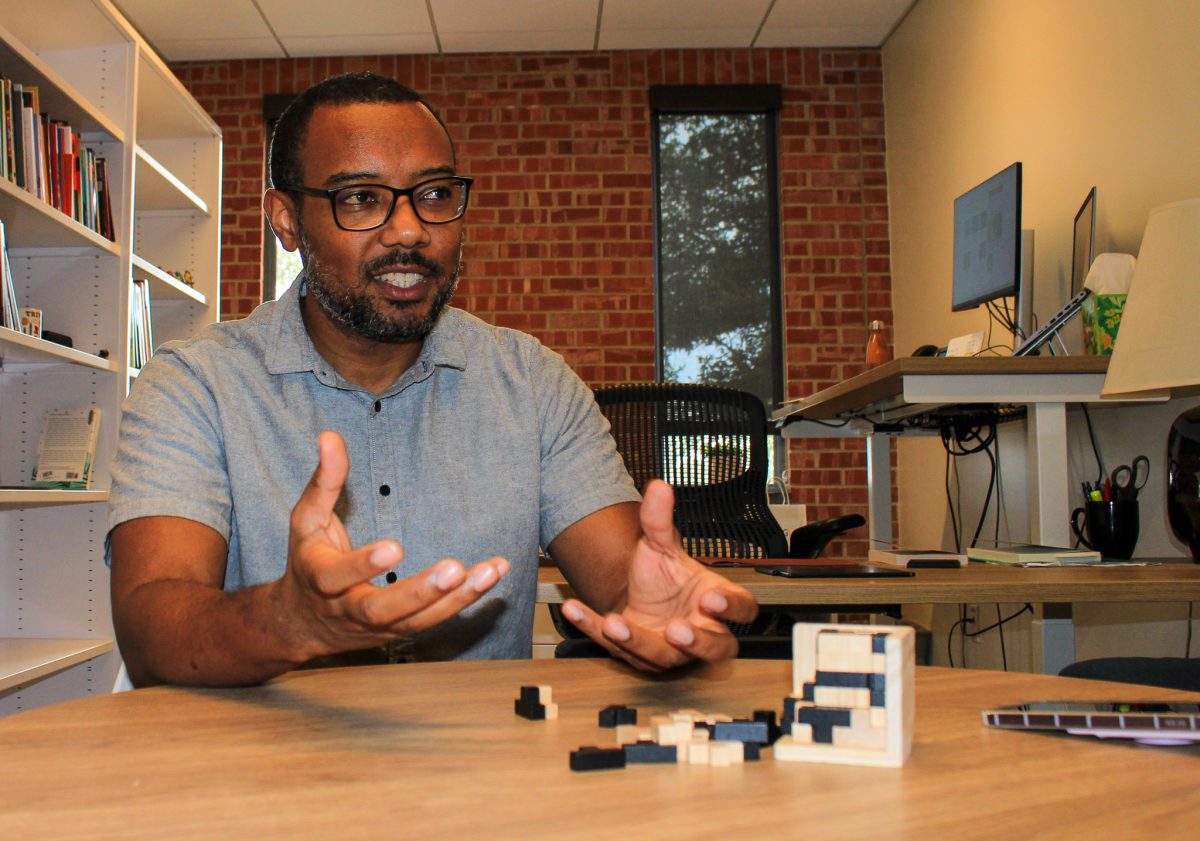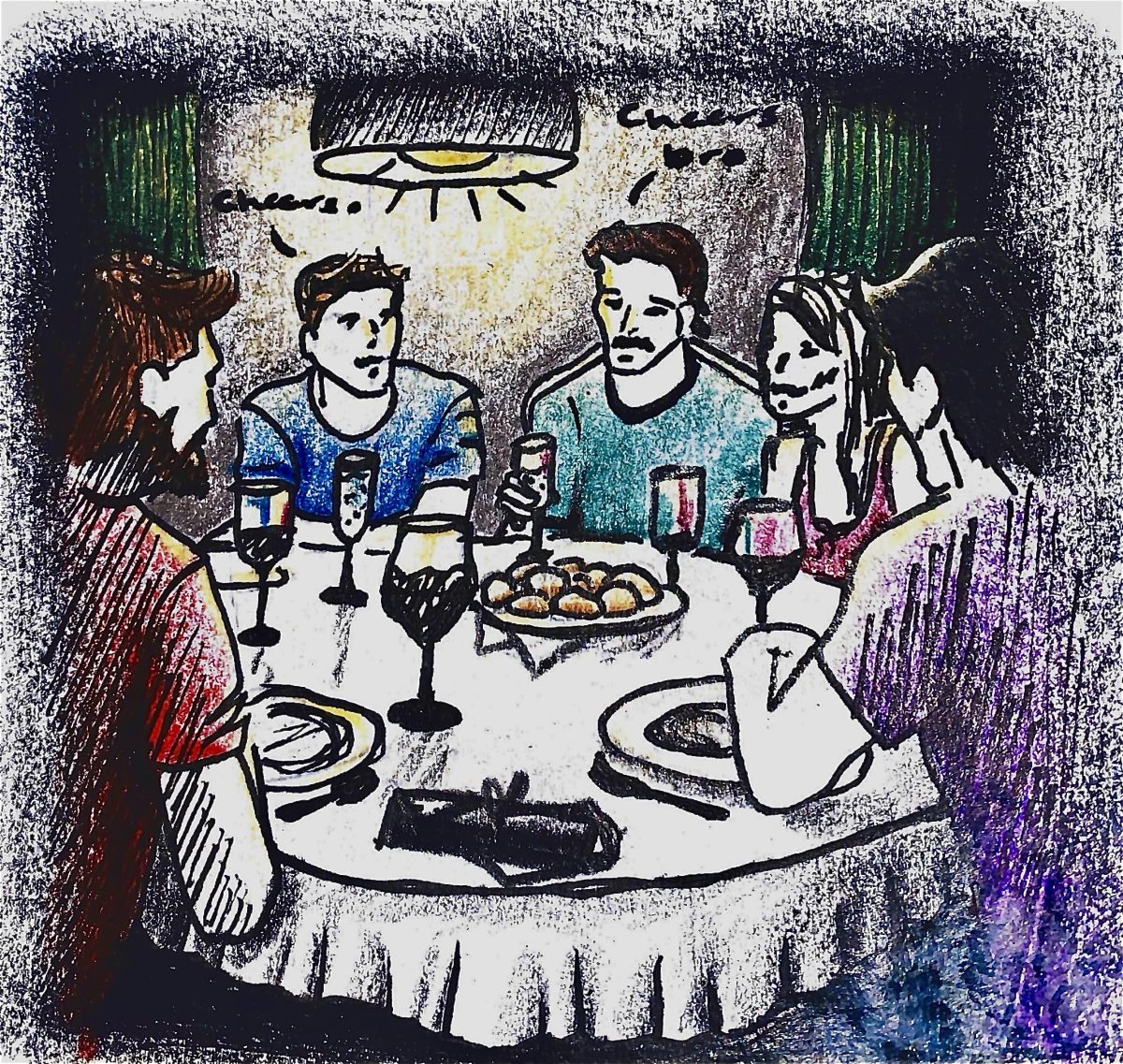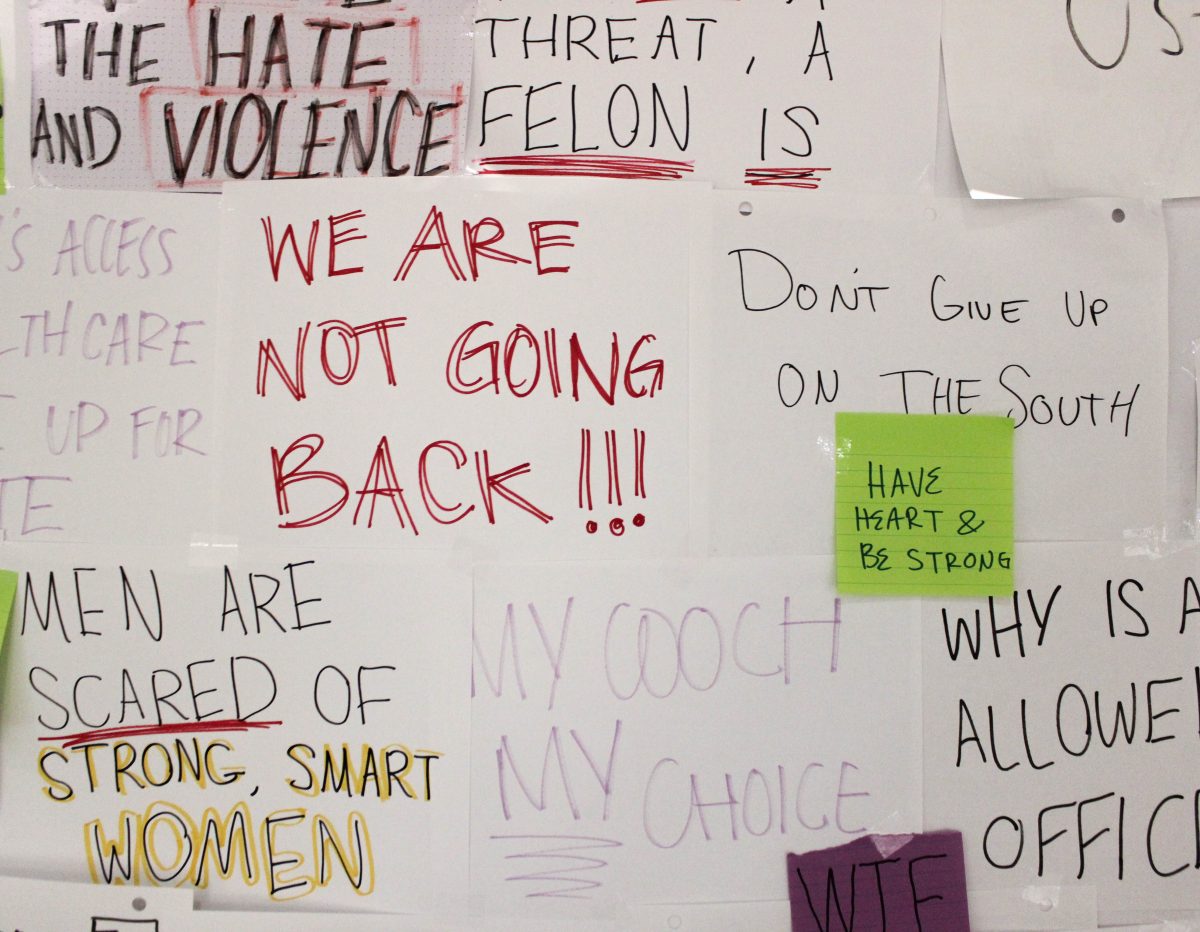What do Abraham Lincoln, Benjamin Franklin, Frederick Douglass, the Wright Brothers and Darsh Preet Singh have in common? They are all featured in Smithsonian displays.
Former Trinity basketball player Singh now has a display honoring him as the first Sikh player to ever play in the NCAA.
Singh was co-captain of the basketball team his senior year in 2008 after walking on as a first year in 2004. He is memorialized for his role as a pioneer for Sikhs everywhere who will see his example of overcoming any struggles to make it as far as they are capable of going. Singh faced discrimination, jeers and even a rule roadblock in his journey to play college basketball.
The NCAA does not allow headgear in games, so he had to persuade referees to allow him to wear his turban as a symbol of his faith while he played. Eventually, a petition was sent to the NCAA, and Singh was allowed to wear the turban while he was on the court. Singh described some of the hostility he faced while playing.
“In high school I faced a lot of taunting about the turban and my ethnicity and such, and it continued in college. Playing in the South didn’t exactly help, but there were so many great people to defend me or help me through it,” Singh said. “While being yelled at and called awful names and blamed for things that have nothing to do with me was not fun, there were so many more supportive people than the ones who taunted.”
Despite the adversity he faced, Singh believes it was all worth it in the end.
“I got some of it from players when we were away from the referees and there were often fans who yelled things. Pleading with referees before games to let me wear the turban was always a struggle and not particularly fun,” Singh said. “All in all, though, it was an incredible experience that brought me so many great friends and had way more positives than negatives.”
Singh’s determination and hard work was seen by those around him. His coaches were impressed by the way he handled himself in the situations. Head Coach Pat Cunningham was impressed by how calm Singh handled things.
“He seemed so patient. He was never violent or inappropriate with his responses. He just handled everything with class. It was really incredible,” Cunningham said.
Cunningham was not the only person impressed with Singh. Assistant Coach Ross Burt noted Singh’s work on the court for the team as a player and leader that made him a key component on the Trinity squad.
“He worked so hard on the court. His improvement from year to year was inspiring by itself,” Burt said. “He led the team through his actions and taught them how to fight through basketball adversity by fighting through real life adversity right in front of them. His play reflected who he was because he always fought and did his best. You basically had to respect him.”
The Smithsonian display has Singh’s jersey and a sharing of his story. He says that he hopes one day it will be replaced by a Sikh player who made it to the NBA.






